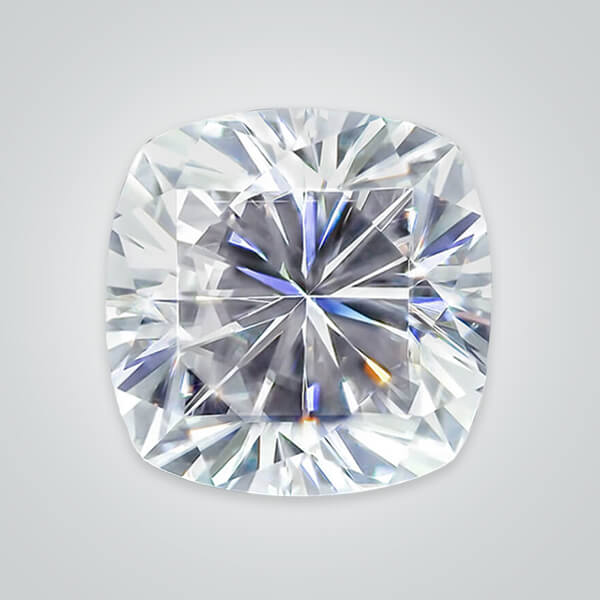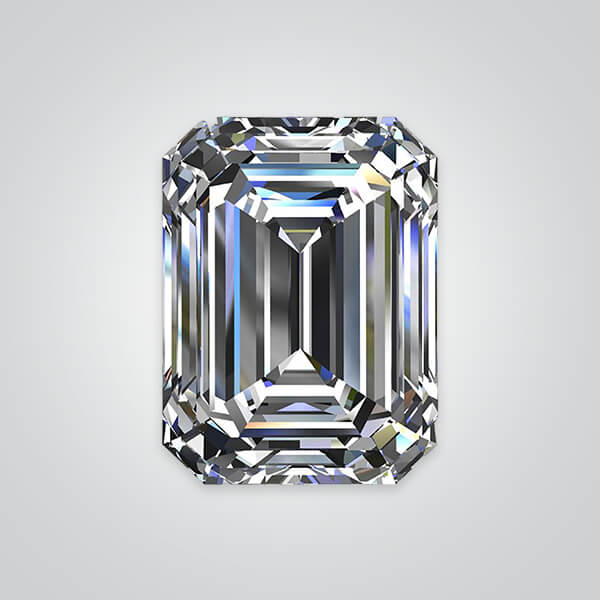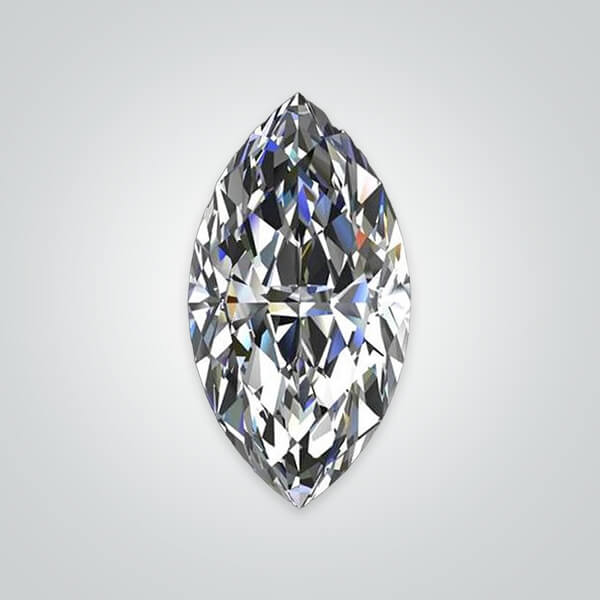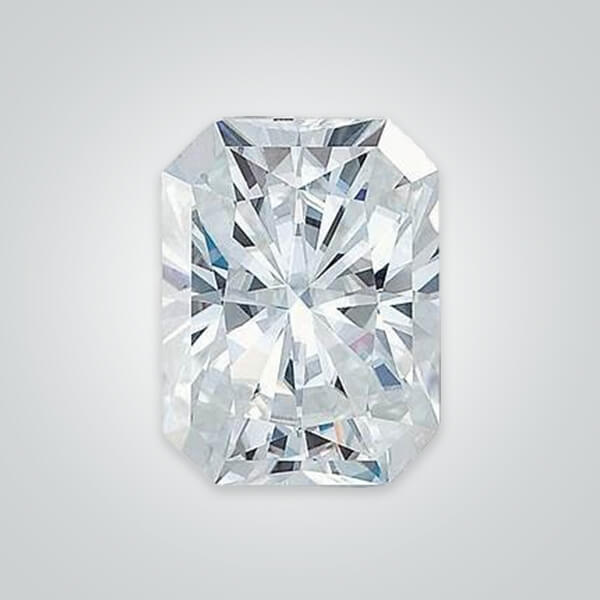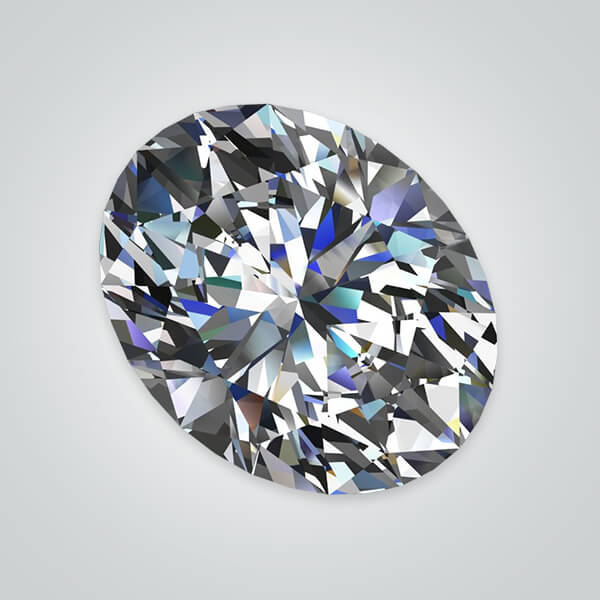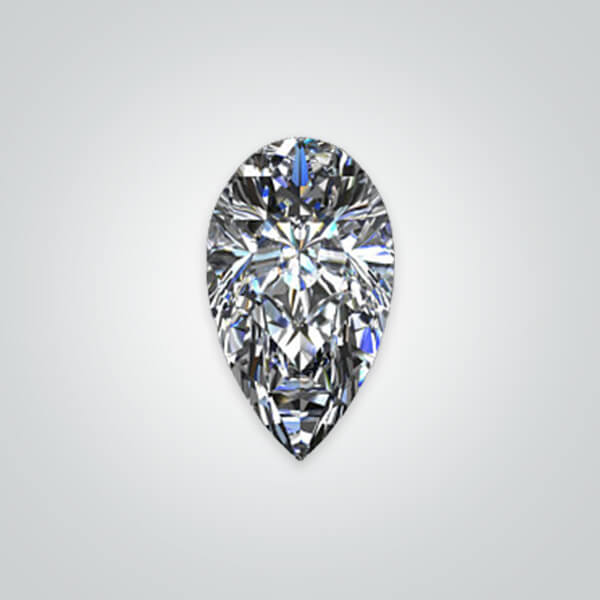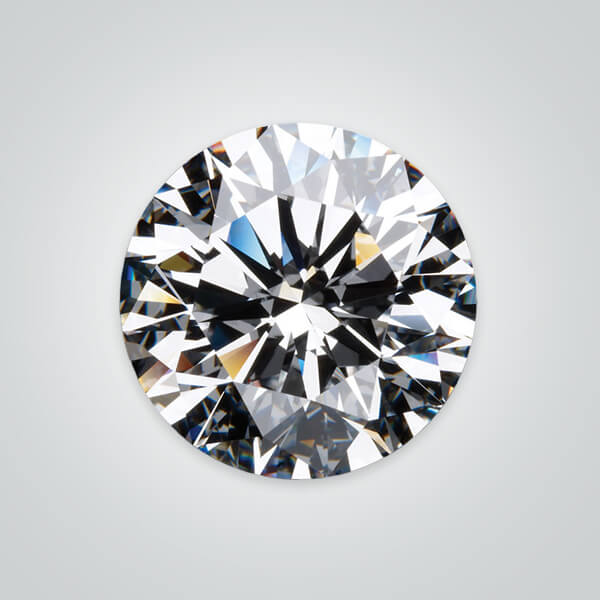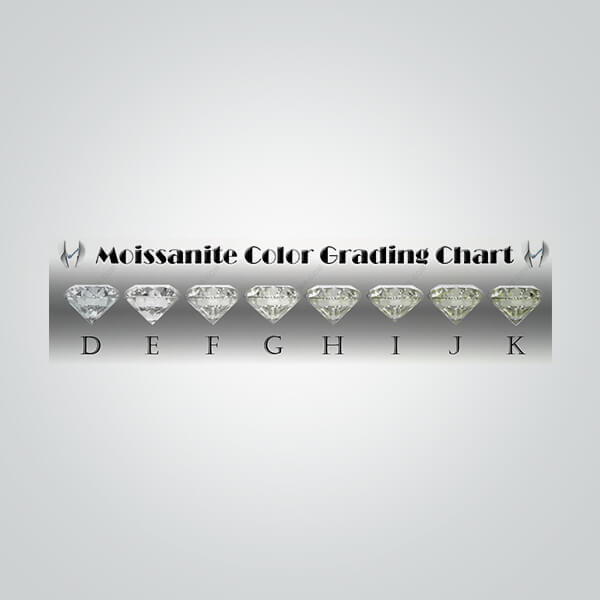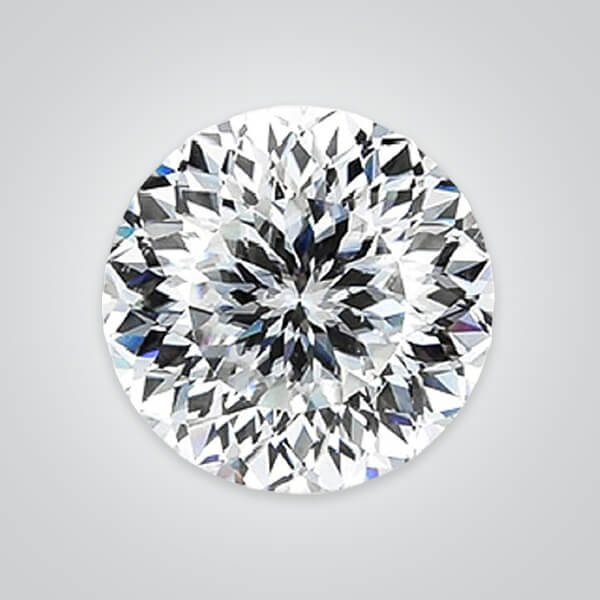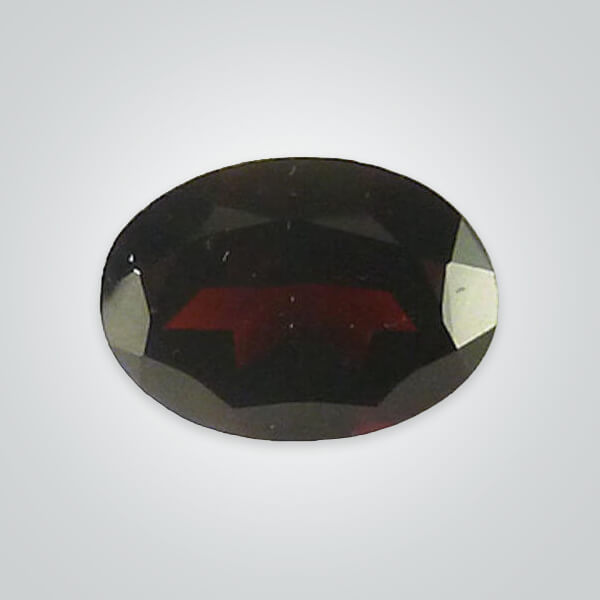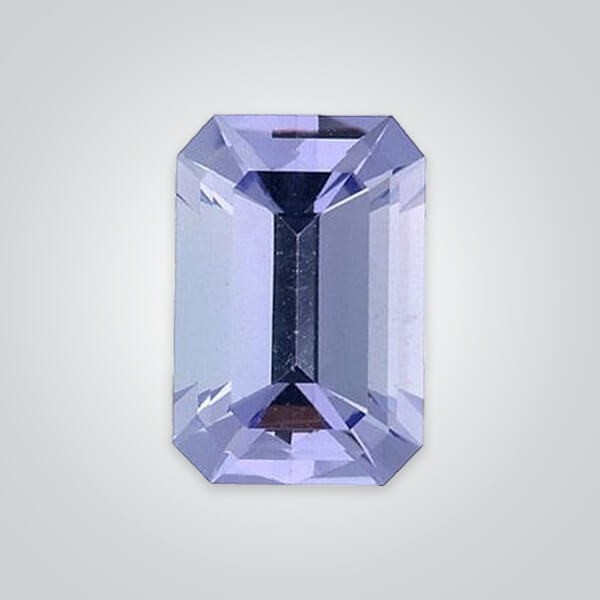White Moissanite
Lab Created Moissanite, Asscher
GEMSTONE DETAIL Origin: Grown in Lab Dimensions: 3x3mm to 18x18mm Grade: AAA Clarity: Eye Clean Shape: Asscher Make: Very Good Symmetry: Very Good
Lab Created Moissanite, Asscher
GEMSTONE DETAIL Origin: Grown in Lab Dimensions: 3x3mm to 18x18mm Grade: AAA Clarity: Eye Clean Shape: Asscher Make: Very Good Symmetry: Very Good
Lab Created Moissanite, Baguette
Lab Created Moissanite, Cushion
GEMSTONE DETAIL Origin: Grown in Lab Dimensions: 2x2mm to 18x18mm Grade: AAA Clarity: Eye Clean Shape: Cushion Make: Very Good Symmetry: Very Good
Lab Created Moissanite, Cushion
GEMSTONE DETAIL Origin: Grown in Lab Dimensions: 2x2mm to 18x18mm Grade: AAA Clarity: Eye Clean Shape: Cushion Make: Very Good Symmetry: Very Good
Lab Created Moissanite, Emerald
GEMSTONE DETAIL Origin: Grown in Lab Dimensions: 3x2mm to 20x15mm Grade: AAA Clarity: Eye Clean Shape: Emerald Make: Very Good Symmetry: Very Good
Lab Created Moissanite, Emerald
GEMSTONE DETAIL Origin: Grown in Lab Dimensions: 3x2mm to 20x15mm Grade: AAA Clarity: Eye Clean Shape: Emerald Make: Very Good Symmetry: Very Good
Lab Created Moissanite, Heart
GEMSTONE DETAIL Origin: Grown in Lab Dimensions: 3x3mm to 18x18mm Grade: AAA Clarity: Eye Clean Shape: Heart Make: Very Good Symmetry: Very Good
Lab Created Moissanite, Heart
GEMSTONE DETAIL Origin: Grown in Lab Dimensions: 3x3mm to 18x18mm Grade: AAA Clarity: Eye Clean Shape: Heart Make: Very Good Symmetry: Very Good
Lab Created Moissanite, Marquise
GEMSTONE DETAIL Origin: Grown in Lab Dimensions: 3×1.5mm to 16x8mm Grade: AAA Clarity: Eye Clean Shape: Marquise Make: Very Good Symmetry: Very Good
Lab Created Moissanite, Marquise
GEMSTONE DETAIL Origin: Grown in Lab Dimensions: 3×1.5mm to 16x8mm Grade: AAA Clarity: Eye Clean Shape: Marquise Make: Very Good Symmetry: Very Good
Lab Created Moissanite, Octagon
GEMSTONE DETAIL Origin: Grown in Lab Dimensions: 1 to 5 carat Grade: AAA Clarity: Eye Clean Shape: Octagon Make: Very Good Symmetry: Very Good Color: Clear / Colorless Cut: Very Good
Lab Created Moissanite, Octagon
GEMSTONE DETAIL Origin: Grown in Lab Dimensions: 1 to 5 carat Grade: AAA Clarity: Eye Clean Shape: Octagon Make: Very Good Symmetry: Very Good Color: Clear / Colorless Cut: Very Good
Lab Created Moissanite, Octagon Radiant
GEMSTONE DETAIL Origin: Grown in Lab Dimensions: 5x3mm to 20x15mm Grade: AAA Clarity: Eye Clean Shape: Octagon Radiant Make: Very Good Symmetry: Very
Lab Created Moissanite, Octagon Radiant
GEMSTONE DETAIL Origin: Grown in Lab Dimensions: 5x3mm to 20x15mm Grade: AAA Clarity: Eye Clean Shape: Octagon Radiant Make: Very Good Symmetry: Very
Lab Created Moissanite, Oval
GEMSTONE DETAIL Origin: Grown in Lab Dimensions: 3x2mm to 20x15mm Grade: AAA Clarity: Eye Clean Shape: Oval Make: Very Good Symmetry: Very Good
Lab Created Moissanite, Oval
GEMSTONE DETAIL Origin: Grown in Lab Dimensions: 3x2mm to 20x15mm Grade: AAA Clarity: Eye Clean Shape: Oval Make: Very Good Symmetry: Very Good
Lab Created Moissanite, Pear
GEMSTONE DETAIL Origin: Grown in Lab Dimensions: 3×1.5mm to 20x15mm Grade: AAA Clarity: Eye Clean Shape: Pear Make: Very Good Symmetry: Very Good
Lab Created Moissanite, Pear
GEMSTONE DETAIL Origin: Grown in Lab Dimensions: 3×1.5mm to 20x15mm Grade: AAA Clarity: Eye Clean Shape: Pear Make: Very Good Symmetry: Very Good
Lab Created Moissanite, Round DEF Color
GEMSTONE DETAIL Origin: Grown in Lab Dimensions: 0.70mm to 18.00mm Grade: AAA Clarity: Eye Clean Shape: Round Make: Very Good Symmetry: Very Good
Lab Created Moissanite, Round DEF Color
GEMSTONE DETAIL Origin: Grown in Lab Dimensions: 0.70mm to 18.00mm Grade: AAA Clarity: Eye Clean Shape: Round Make: Very Good Symmetry: Very Good
Lab Created Moissanite, Round G Color
GEMSTONE DETAIL Origin: Grown in Lab Dimensions: 3.00mm to 15.00mm Grade: AAA Clarity: Eye Clean Shape: Round Make: Very Good Symmetry: Very Good
Lab Created Moissanite, Round G Color
GEMSTONE DETAIL Origin: Grown in Lab Dimensions: 3.00mm to 15.00mm Grade: AAA Clarity: Eye Clean Shape: Round Make: Very Good Symmetry: Very Good
Lab Created Moissanite, Round H Color
GEMSTONE DETAIL Origin: Grown in Lab Dimensions: 3.00mm to 15.00mm Grade: AAA Clarity: Eye Clean Shape: Round Make: Very Good Symmetry: Very Good
Lab Created Moissanite, Round H Color
GEMSTONE DETAIL Origin: Grown in Lab Dimensions: 3.00mm to 15.00mm Grade: AAA Clarity: Eye Clean Shape: Round Make: Very Good Symmetry: Very Good
Lab Created Moissanite, Round IJ Color
GEMSTONE DETAIL Origin: Grown in Lab Dimensions: 3.00mm to 15.00mm Grade: AAA Clarity: Eye Clean Shape: Round Make: Very Good Symmetry: Very Good
Lab Created Moissanite, Round IJ Color
GEMSTONE DETAIL Origin: Grown in Lab Dimensions: 3.00mm to 15.00mm Grade: AAA Clarity: Eye Clean Shape: Round Make: Very Good Symmetry: Very Good
Lab Created Moissanite, Round Portuguese cut
GEMSTONE DETAIL Origin: Grown in Lab Dimensions: 5.00mm to 14.00mm Grade: AAA Clarity: Eye Clean Shape: Round Portuguese cut Make: Very Good Symmetry: Very Good Color: Clear / Colorless Cut: Very
Lab Created Moissanite, Round Portuguese cut
GEMSTONE DETAIL Origin: Grown in Lab Dimensions: 5.00mm to 14.00mm Grade: AAA Clarity: Eye Clean Shape: Round Portuguese cut Make: Very Good Symmetry: Very Good Color: Clear / Colorless Cut: Very
Lab Created Moissanite, Round Rose Cut
GEMSTONE DETAIL Origin: Grown in Lab Dimensions: 5.00mm to 15.00mm Grade: AAA Clarity: Eye Clean Shape: Round Rose cut Make: Very Good Symmetry:
Lab Created Moissanite, Round Rose Cut
GEMSTONE DETAIL Origin: Grown in Lab Dimensions: 5.00mm to 15.00mm Grade: AAA Clarity: Eye Clean Shape: Round Rose cut Make: Very Good Symmetry:
Lab Created Moissanite, Square
GEMSTONE DETAIL Origin: Grown in Lab Dimensions: 1.5×1.5mm to 18x18mm Grade: AAA Clarity: Eye Clean Shape: Square Princess Make: Very Good Symmetry: Very
Lab Created Moissanite, Square
GEMSTONE DETAIL Origin: Grown in Lab Dimensions: 1.5×1.5mm to 18x18mm Grade: AAA Clarity: Eye Clean Shape: Square Princess Make: Very Good Symmetry: Very
Lab Created Moissanite, Tappered Baguette
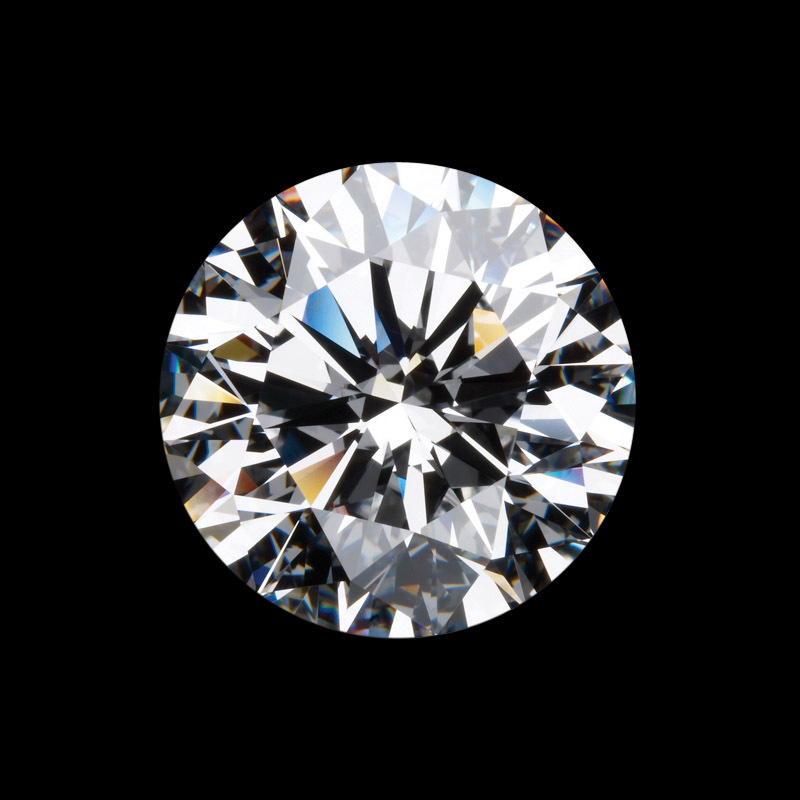
White Moissanite
White Moissanite
White moissanite is a lab-created crystal and an alternative to naturally-occurring silicon carbide. The crystal has several polymorphs and is one of very few gemstones with almost-identical structures of real diamonds.
White moissanite commonly features a hexagonal crystal system but can also form into different poly-types. The crystal has an average melting point of 2730°C and doesn’t possess high thermal conductivity. It is also one of the hardest crystals with a Mohs rating of 9.25, second only to real diamonds.
This gemstone and its variants were created in labs to meet the demand for its scarce, naturally-occurring variant. Ever since its synthesis, white lab-made moissanite has become a staple crystal for earrings, wedding bands, necklaces, and other jewelry.
Let’s see other vital information about these crystals and how you can get the best out of them on your jewelry pieces.
History of White Moissanite
Edward Acheson synthesized silicon carbide in 1891, but he will not get credit for the discovery of this crystal. The honor will go to a French chemist two years later.
Henri Moissan discovered moissanite in 1893, and the gemstone is named after him. He found tiny particles of the crystal at a crater after a meteorite strike. Moissan thought these particles were diamonds, but close inspection revealed these crystals possessed silicon carbide and not carbon.
Scientific research was necessary after this discovery to replicate the appearance and structure of these crystals, as natural variants remain scarce. Research efforts in the twentieth century was able to discover a method where moissanite forms in a controlled area without mining.
Advances in research also makes it easy to know where a lab-created moissanite was made and its exact chemical composition.
Moissanite became a widely used gemstone few years after its discovery. The scarcity of this gemstone caused a sharp rise in its price for several years. White moissanite remained priceless until the mid-twentieth century where scientists perfected methods to mass-produce it in labs.
How to Make White Moissanite
Lab-made white moissanite forms when silica and carbon receive intense heating to about 2000°C. The heating process rearranges silicon atoms in the mix and creates beautiful crystals with unique isotropic structures.
After cooling, the crystals are cut, polished, and used for several purposes.
Uses of White Moissanite
White moissanite is handy for industrial and commercial applications. Its hardness, heat conductivity percentage, optical properties, and other elements make it a perfect crystal for several functions.
White moissanite is preferred as detailing on jewelries since it is not radioactive and has no magnetic properties.
Chemical Properties of White Moissanite
- Hardness (Mohs’ Scale): 9.3
- Density: 3.21 g/cm3
- Refractive Index: 2.654 – 2.967
- Dispersion: Low (0.104)
- Heat Resistance: 1550°C – 3000°C (decomposes at 2730°C)
- Fracture: Conchoidal
- Specific Gravity: 3.218 – 3.22 g/cm3
Maintenance Tips for White Moissanite
You can maintain the shine and brilliance of your white moissanite by:
- Mixing liquid detergent in warm water,
- Dipping a soft brush into the mix and then lightly scrubbing the crystal’s surface,
- Rinsing the stone with water (preferably lukewarm), and
- Drying with a lint-free cloth or hairdryer
White moissanites are considered to be one of the best simulations of diamonds because it looks just like diamonds. Only a trained eye in the lab can tell the difference between moissanite and diamonds.
So order your moissanite now!





